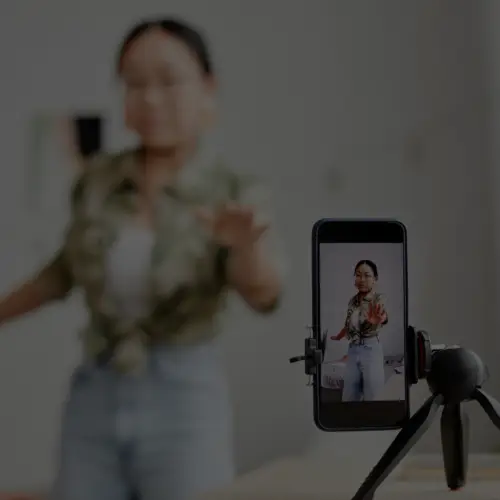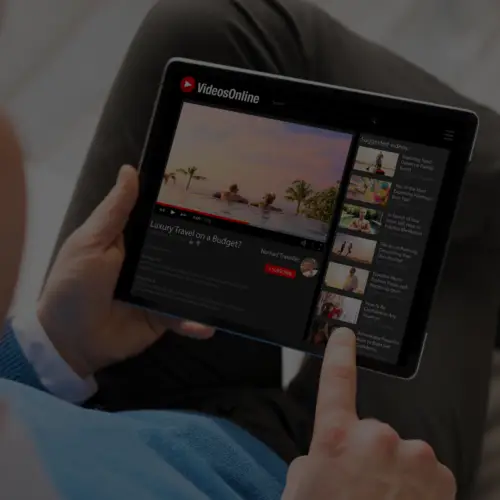27 Apr 8 Questions to Ask When Developing Widgets for Social Media Marketing
This is post two of a three part series on how to use widgets for marketing. Widget development can be costly and time consuming. It is important to ask the right questions before developing widgets. Here is somewhat of a checklist that needs to be answered if you are considering developing a widget as part of your social media marketing campaign.
1. Why would people want to use this?
This should be your first question when you decide to develop a widget for marketing purposes. What is the widget’s purpose? Does the widget provide value to the user? Is it a badge that allows a user to proclaim a significant statement? Most people treat their social profiles and blogs as a declaration of who they are. If you can’t think of a reason that someone in your target demographic would add this to their blog or social profiles then you might want to reconsider using a widget for social media marketing.
2. How will people find it?
The main objective of a widget is to spread a message across multiple platforms. It’s the cornerstone of social media: don’t ask people to come to you. Go to them. Ideally, the company sponsoring the widget has a blog or social network where this widget can be added. But often times that’s not enough for people to easily find the widget. If the widget is (and should be) part of a larger campaign, then what assets do you have that could help to spread the  widget. Within that campaign is there a microsite or promotional page where this widget can live? If you have a promotional page for the same campaign but don’t plan on putting the widget there, why? If you don’t believe the widget deserves real estate on all of your web assets, then why would you assume other people would want to use it? The viral activity of a widget starts with you.
widget. Within that campaign is there a microsite or promotional page where this widget can live? If you have a promotional page for the same campaign but don’t plan on putting the widget there, why? If you don’t believe the widget deserves real estate on all of your web assets, then why would you assume other people would want to use it? The viral activity of a widget starts with you.
3. How will you track the widget?
Platforms like Gigya and Clearspring can add tracking into your widget. Adobe and Google Analytics have also teamed up in the past year to provide code for tracking flash pieces. It’s important to track widgets not just for ROI purposes, but also to know who is using these widgets and where they are using them. That could allow you to change functionality and to fit where people are placing your widgets.
4. What is an appropriate size?
I realize that you want your widget to be as robust as possible, but it won’t matter how robust it is if it is too big for a user to put anywhere on their blog or social network. When a user adds a widget, is it possible for them to choose what size they want it to be (or does it resize automatically)? Where do you hope that people will place this widget? If you hope that it will live in on a user’s blog sidebar, then it should fit in YOUR sidebar. If it doesn’t, then you should consider that you will lose a percentage of people who won’t know/care how to manually resize the widget.
5. Who is the target demographic?
This is an obvious question, but I feel like it is one that people don’t think in enough depth about. It’s not enough to just decide that your target demo would enjoy using the widget. You also should consider what it will look like/function like once they have it on their blogs and social profiles. Once you decide who may use the widget, evaluate what that means for development and design. If most of your target demo resides on MySpace, then make sure your widget can work on MySpace (and f.y.i.- most 3rd party widgets do not due to MySpace security measures). If most of your demo are women, then it should be visually appealing to that demographic.
6. Is it appropriately branded?
I realize as marketers and brand managers, you want to throw every single brand element on your widgets. BUT (and this is a HUGE BUT!) FUNCTION COMES FIRST. Number one: your brand is not why a person will want to add your widget (unless you have a cult following and the widget is only supposed to target those cult followers). Number two: users are typically more skeptical of adding a widget if they think the only function is to support your brand. Brand the widget with only the necessary assets. People will be more likely to add your widget, and visitors to their site are more likely to interact with the widget because it looks less like an advertisement.
7. How long is the campaign?
Widgets should be part of a long term strategy. It’s not reasonable to develop a widget for the purpose of a two-week campaign. Also, it’s necessary to consider what happens with the widget once you’re done with the campaign. You should never abandon a widget. There is nothing worse than finding a widget you want to use and realizing it doesn’t work. That doesn’t support brand favorability. If you develop a widget correctly, it will always be available and useful. And trust me, you will then benefit from the long-tail installs of the widget.
8. Does creating a widget match a campaign objective?
It’s easy to forget that social media is about using social tools in a strategic way, not creating just for the sake of creating and pushing out. What purpose will the widget play in the campaign? Does it support the other aspects of the campaign, and do they support it?
By asking these questions FIRST, your widgets will be MUCH more successful. And that is the point. Right? (I take back what I said earlier. This is the first question you should ask ;))






